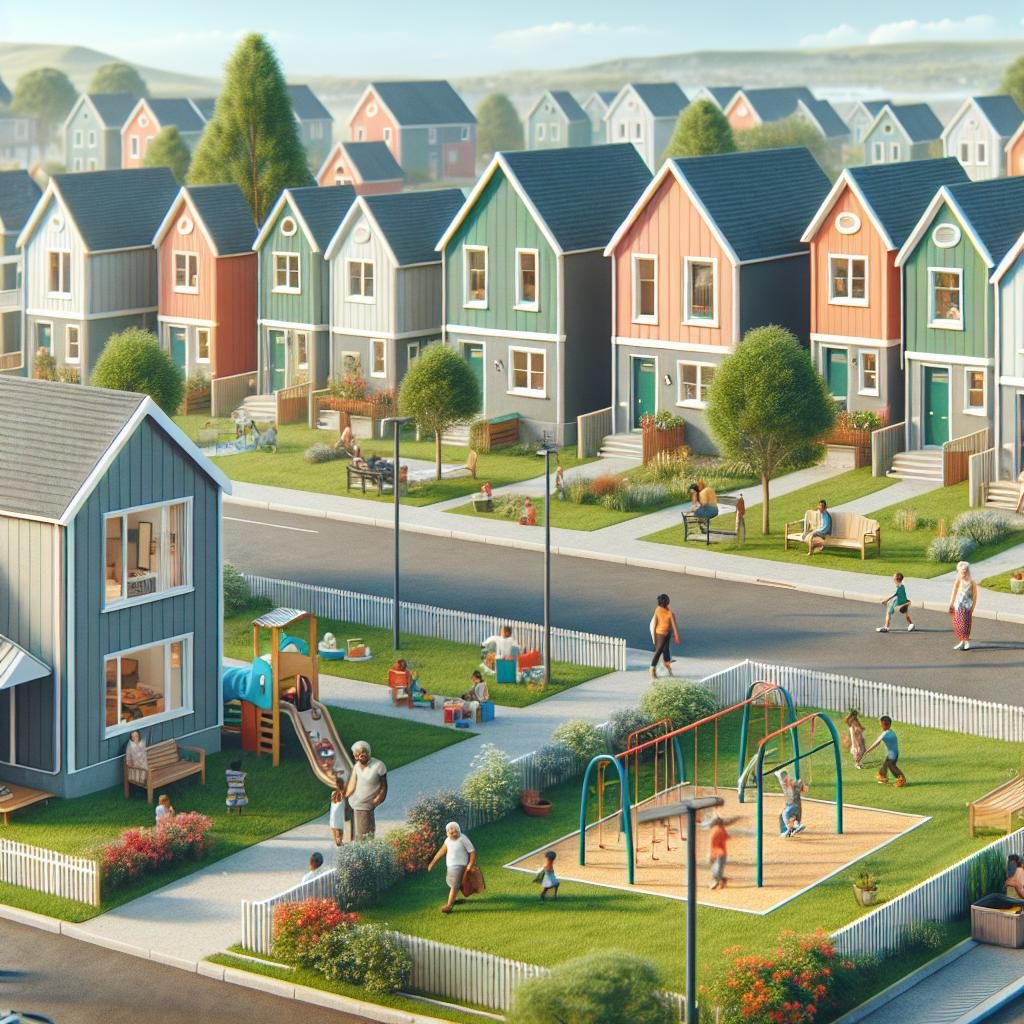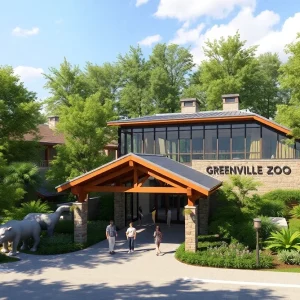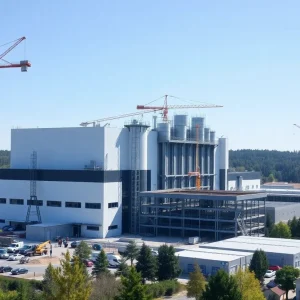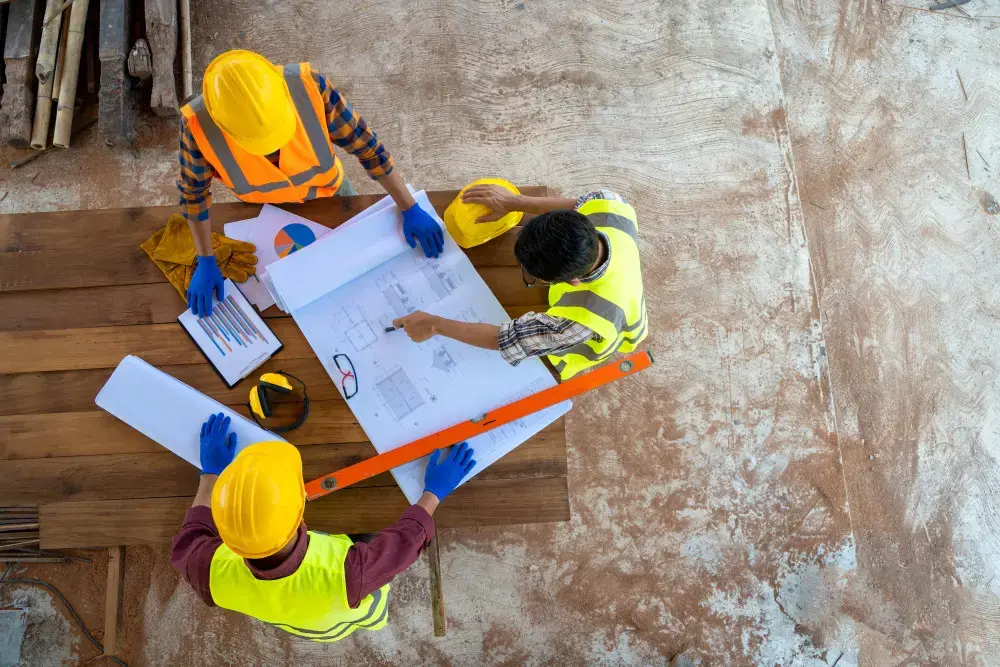Affordable housing remains a challenge in Upstate South Carolina, despite focused efforts from a slew of local developers and government agencies to build inventory. Several years ago, Greenville leaders put the affordable housing gap at about 10,000 units as developers partnered with local governments to bring solutions.
Other factors have since come into play. “The problem has been exacerbated by higher rents, inflationary pressures … so the gap remains,” said Taylor Davis of NHE Inc. “It’s a big mountain to climb. Progress is being made, but more is needed.”
For Davis, affordable housing is elemental in building strong communities. “Housing is the cornerstone of a family’s success, and it intersects with so many other crucial community issues,” he said. “Whether public education, transportation and mobility, employment … if you don’t have a stable source of housing, a lot of outcomes are pretty well pre-determined.”
Successful affordable housing development depends on several factors, Davis said, which must be present in the proper proportions. “Funding is crucial in delivering a quality product, which is another conversation,” he said. “Then it’s about building the right team — architect, civil engineer, interior designer — and being willing to learn from mistakes.”
Some factors are beyond developers’ power. “There’s a growing gap between what’s considered affordable, and the normal market rate for Greenville,” said Holly Schaumber of Greenville-based Schaumber Development. “It’s the missing middle in terms of housing.”
Schaumber said older Class B apartments now rent for what luxury Class A apartments once rented for, while Class A units have become increasingly out of reach for many. As more and more people continue relocating to the Upstate, prices tick up. “You see one-bedroom units nearing $2,000 a month, which is unattainable for a lot of people,” she said. “It’s demoralizing.”
But not hopeless.
Projects like The Sullivan, located north of Greenville, show what it looks like when savvy developers, builders, designers and financiers maximize their collective might. The Sullivan is the work of three Upstate developers, including Schaumber Development, and is managed by NHE Inc. The property came online in 2023 with 180 units targeted for households making 60% of the average median gross family income in Greenville — about $53,000.
With nearby access to the Swamp Rabbit Trail, shopping and mobility, The Sullivan — and other developments — are slowly redefining expectations around what affordable housing can and should be. “We want our developments to look and feel like market-rate communities,” Davis said.
Schaumber said such developments are crucial for Greenville where even four-member households at or above 100% of average median gross income, which is $88,000, are being priced out. “Health care workers, new teachers, service and hospitality workers — these are the families living in these communities,” Schaumber said.














